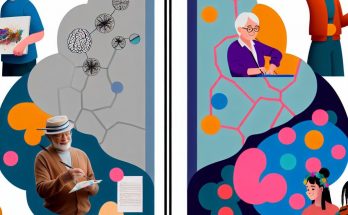
The Best Hobbies to Do Alone
The Importance of Solo Hobbies Engaging in hobbies alone offers numerous benefits, such as reducing stress, enhancing creativity, and improving personal skills. Solo activities provide the opportunity for self-reflection and …
The Best Hobbies to Do Alone Read More








